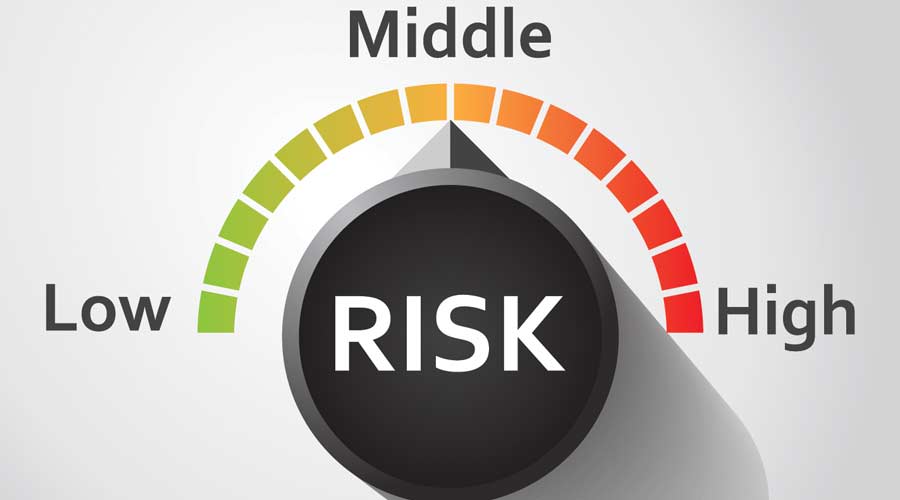
Contributed by TAL Global
As crime increases around the country, business and building owners and managers are becoming increasingly concerned about risk.
This is true in all industries — professional cleaning, healthcare, senior care, schools and universities, hospitality — wherever there are concerns about the safety of people, property, and assets.
Because of this, Johnathan Tal, CEO of TAL Global, an international security and risk management firm based in Silicon Valley, says it is particularly important that owners and managers understand risk terminology.
“For instance, two often confused risk-related terms are risk assessment and risk mitigation,” says Tal. “A risk assessment identifies risks and hazards to people, property, and assets. On the other hand, risk mitigation uses this information to help lessen or prevent hazards from occurring.”
Along with these two terms, Tal lists five more risk-related terms we should know:
External Risks. These include natural hazards, mass public gatherings, and even direct attacks on people and property, a growing concern in the U.S. These risks typically are beyond an organization’s control, but knowing what to do should they occur, can protect people and property.
Internal Risks. Internal risks include theft of property and data, vandalism, and sabotage, often by employees or vendors of a company. It can also include workplace violence.
Preventable Risks. As the term implies, these risks can be prevented, which is the goal of a professionally conducted risk assessment.
Insider Risks. Not to be confused with internal risks, insider risks often involve current and former employees that have access to an organization’s sensitive information. They may share this information with competitors, misuse it to harm an organization, or use it as extortion.
Hybrid Risks. Most security strategies assume staffers will be working in a central location. That is no longer the case. We now have a hybrid workforce, people working at home and in a central location. This opens the door to a number of new risks. Updated risk assessments help ensure people, property, and assets are safe no matter where staffers work.
In related news, check out nine benefits of facility risk assessments here.

 The Down and Dirty on Cleaning in Virus Season
The Down and Dirty on Cleaning in Virus Season How Surfactant Use is Expanding in Commercial Cleaning
How Surfactant Use is Expanding in Commercial Cleaning Operational Excellence Series 2025: Labor Strategies
Operational Excellence Series 2025: Labor Strategies